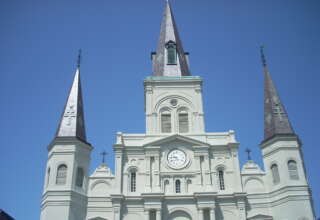
The first two assumptive worlds are both focused on psychopathy being manifest in the behavior of individuals in societies. The source and cause of this aberrant behavior might be external (evil spirits) or internal (inappropriate or ineffective practices)—but it always concerns the behavior of an individual person. What then, might be said about the society in which an individual resides? Could the pathology be traced to the social structure or could the pathology be just a convenient social construction used by a specific society to discourage or thwart the display of certain behaviors? Our third assumption world is based precisely on this broader societal perspective.
Medicine, Culture and Anxiety
A first point to be made is that medicine (and in particular psychiatry) is not completely out of the picture regarding this third assumptive world. As Gregory Zilboorg (1941, p. 94) noted: “medical psychology bears a much more intimate relationship to cultural changes than does any other branch of medicine. Specifically, the boundaries between madness and criminal activities have never been very clear—as we can observe in the contemporary struggle with “insanity” pleas in court rooms around the world.
It is also a matter of addressing the challenge of diffuse anxiety (as Zilboorg has noted). In returning once more to this pervasive theme of anxiety management, we are also returning to the attendant theme of power management. When we are anxious (as a society) we are also likely to look to powerful individuals and institutions to reduce (or at least buffer) this anxiety–and power tends to have more legitimacy if it is engaged to confront illegality rather than insanity.
Societal Uncertainty and Anxiety
We can turn at this point to the broader question: when is anxiety most likely to be pervasive in a specific society? Certainly, anxiety is increased during times of war and economic collapse. It also increases during times of what Zilboorg identifies as times of societal uncertainty—when established norms and institutions are being questioned and when it is unclear if “the center will hold.” Zilboorg observes that: “the Malleus [witches hammer] was a reaction against the disquieting signs of growing instability of the established order, and hundreds of thousands of mental sick fell victim to this violent reaction.” (p 153)









